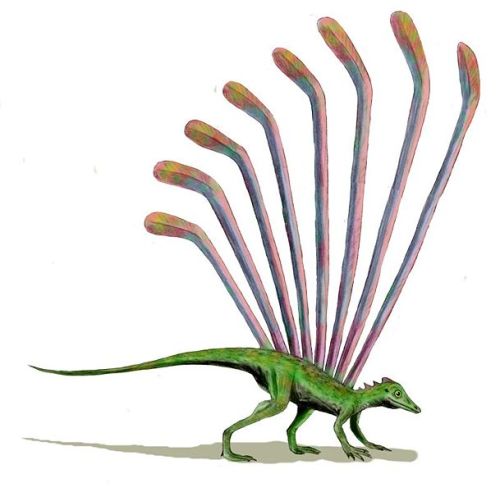This one is for my teacher, the best 6th grade teacher ever!
Nothosaurus was a sea dinosaur, that came on land every once and a while. Nothosaurus grabbed fish and squid with its peg like teeth. He could wait for his prey to come close enough, then snap his jaws shut forming a cage to trap prey in his mouth. Nothosaurus could swim very fast, so he could also dart after his prey. Nothosaurus grew up to about 10 feet long. He lived in the early Triassic period, about 240 million years ago. Nothosaurus probably came up on land to have babies like sea turtles do today, they also came up on land to rest, and eat. Nothosaurus had to surface every once and a while to breath.
Here is






